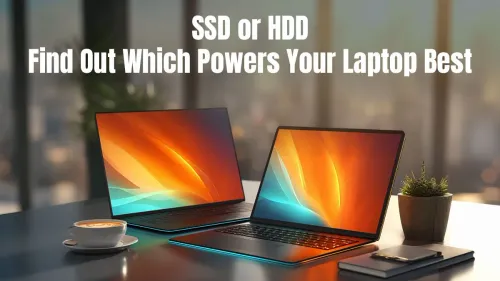
SSD vs HDD – Which is Better?
Discover the perfect storage solution - Explore the benefits of SSD vs HDD and find out which powers your laptop best. 💾🚀
7100 MB/s SSD speed shows how 7,100 MB/s read and 6,800 MB/s write improve load times, editing, and transfers — a clear guide to when an upgrade pays off. 🚀💾

Tired of watching loading bars crawl across your screen while your mates are already dropping into the action? We've all been there. Those massive open-world games and high-resolution textures demand serious speed. When you see specs like 7100 MB/s SSD speed, it's not just a random number... it's the key to obliterating wait times and unlocking instant-on performance. Let's break down why these lightning-fast drives are becoming essential for any serious PC build in South Africa.
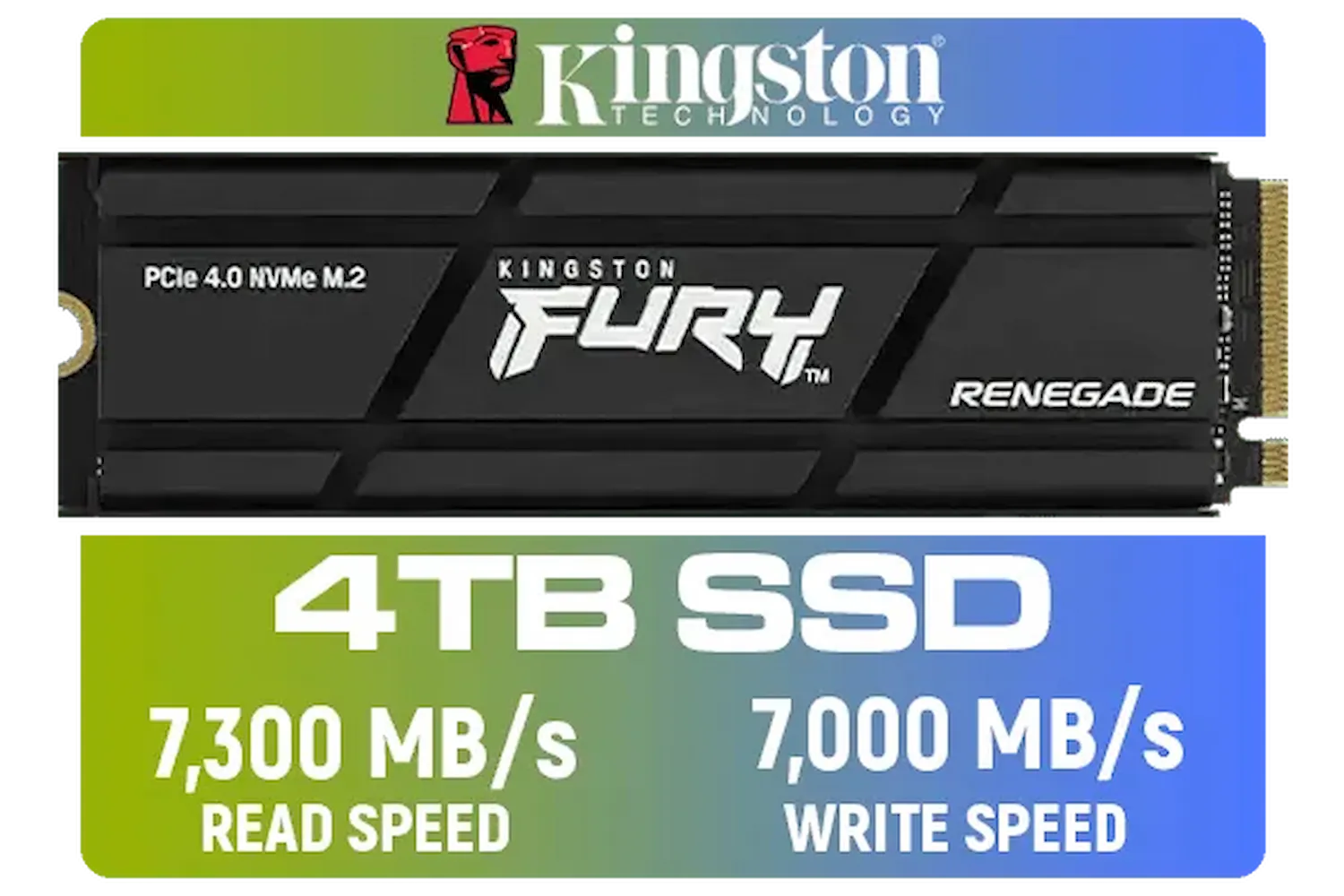


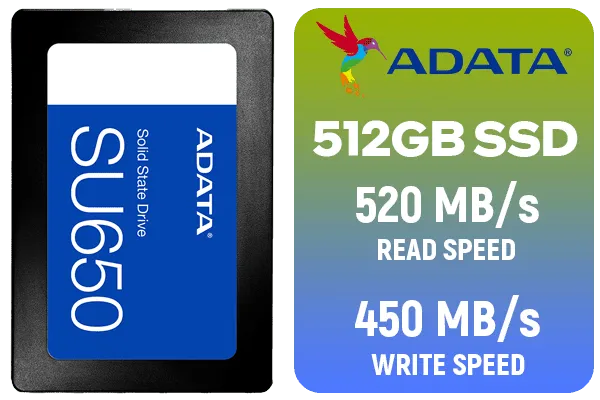


At its core, SSD performance is split into two key metrics: read speed and write speed. Think of it like this: reading is pulling data from the drive, while writing is putting data onto the drive. The 7100 MB/s SSD speed figure you see advertised is almost always the sequential read speed, which is crucial for launching games and loading levels.
A read speed of 7,100 megabytes per second is blisteringly fast. To put it in perspective, a traditional hard drive might manage 150 MB/s, and an older SATA SSD around 550 MB/s. This new generation of PCIe 4.0 NVMe drives is over 12 times faster than a standard SSD.
For you, the gamer, this means:
While the 7,100 MB/s read speed gets the spotlight, the 6,800 MB/s write speed is just as vital. This is how quickly the drive can save new information. A high write speed is a massive quality-of-life improvement for installing huge games, saving large video project files, or transferring massive folders. When you're looking at high-capacity 2TB NVMe SSDs, a strong write speed ensures the drive is balanced for all tasks.

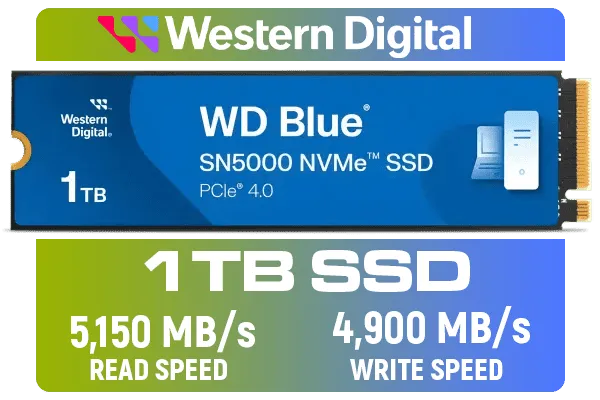

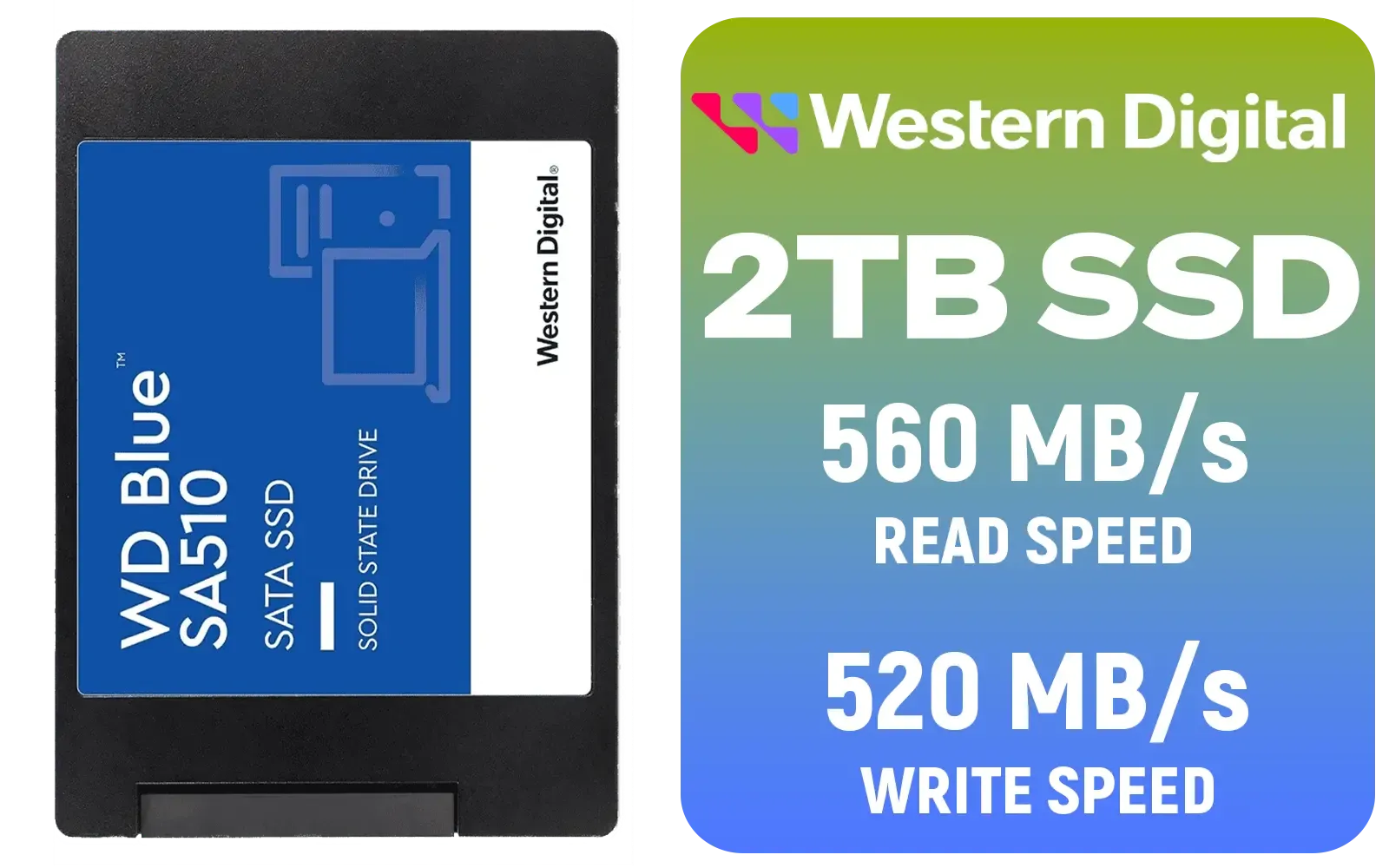


Absolutely. While older games might not use the full bandwidth, modern titles built with technologies like Microsoft's DirectStorage are specifically designed to leverage this incredible speed. Upgrading to a drive that delivers this level of performance is one of the most noticeable upgrades you can make to your gaming rig. It directly translates to less waiting and more playing. 🚀
Top-tier manufacturers are constantly pushing the envelope. Performance drives from brands like ADATA are engineered to sustain these speeds under heavy gaming loads, ensuring you get consistent, top-tier performance when it matters most.
To unlock the full 7,100 MB s potential, you need a compatible motherboard with a PCIe 4.0 (or newer) M.2 slot. Plugging a Gen4 drive into an older Gen3 slot will still work, but it will cap the speed at around 3,500 MB s. Always check your motherboard's specs before you buy to avoid a bottleneck!

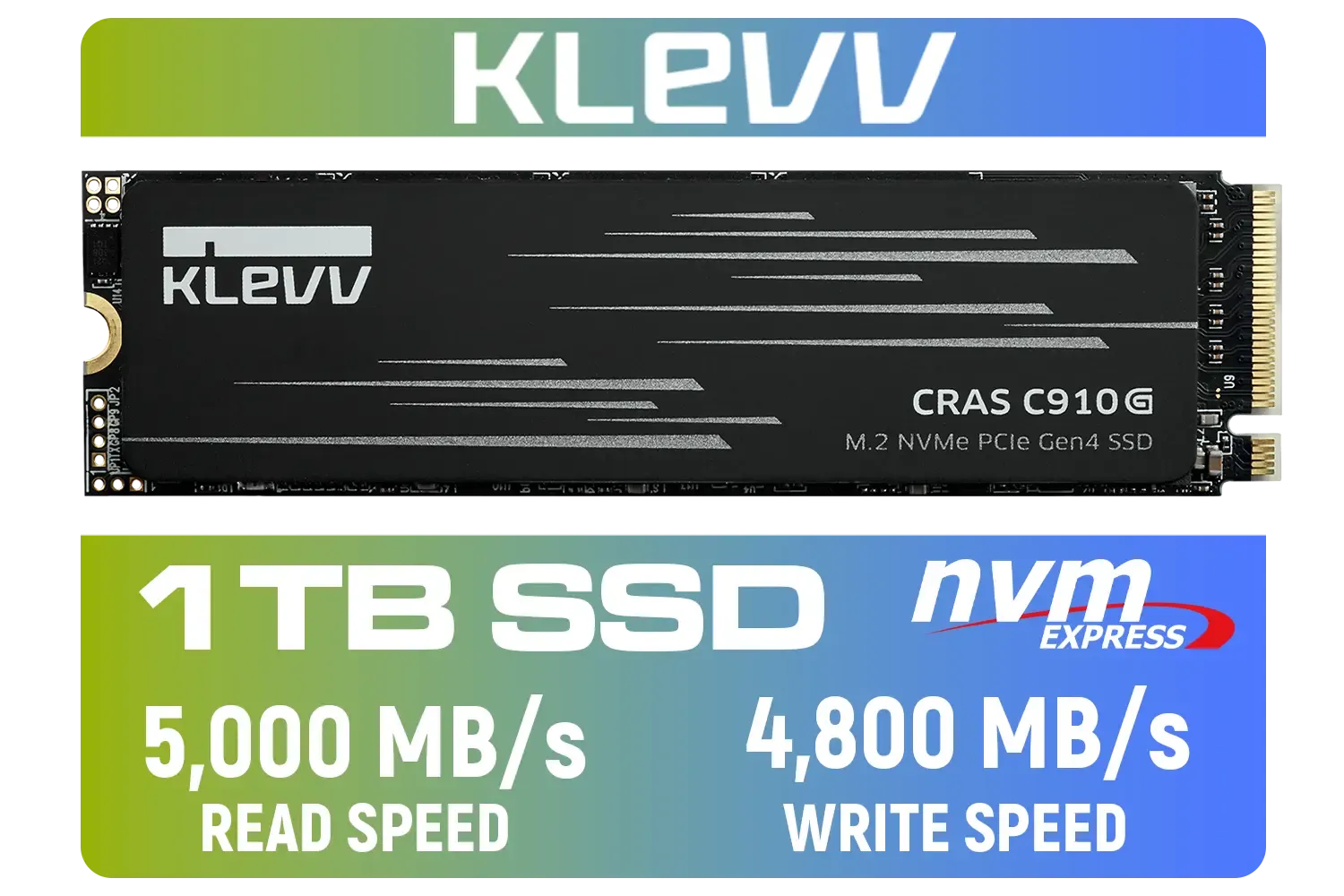

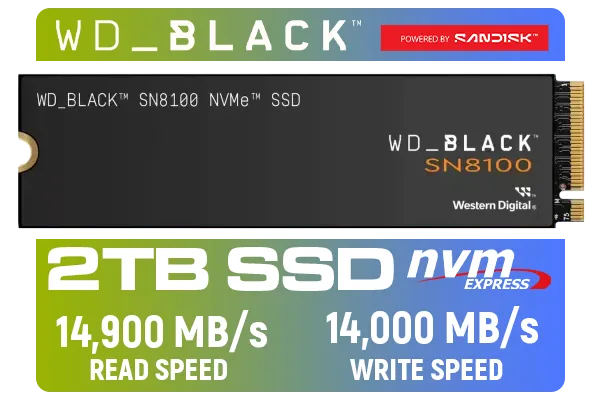
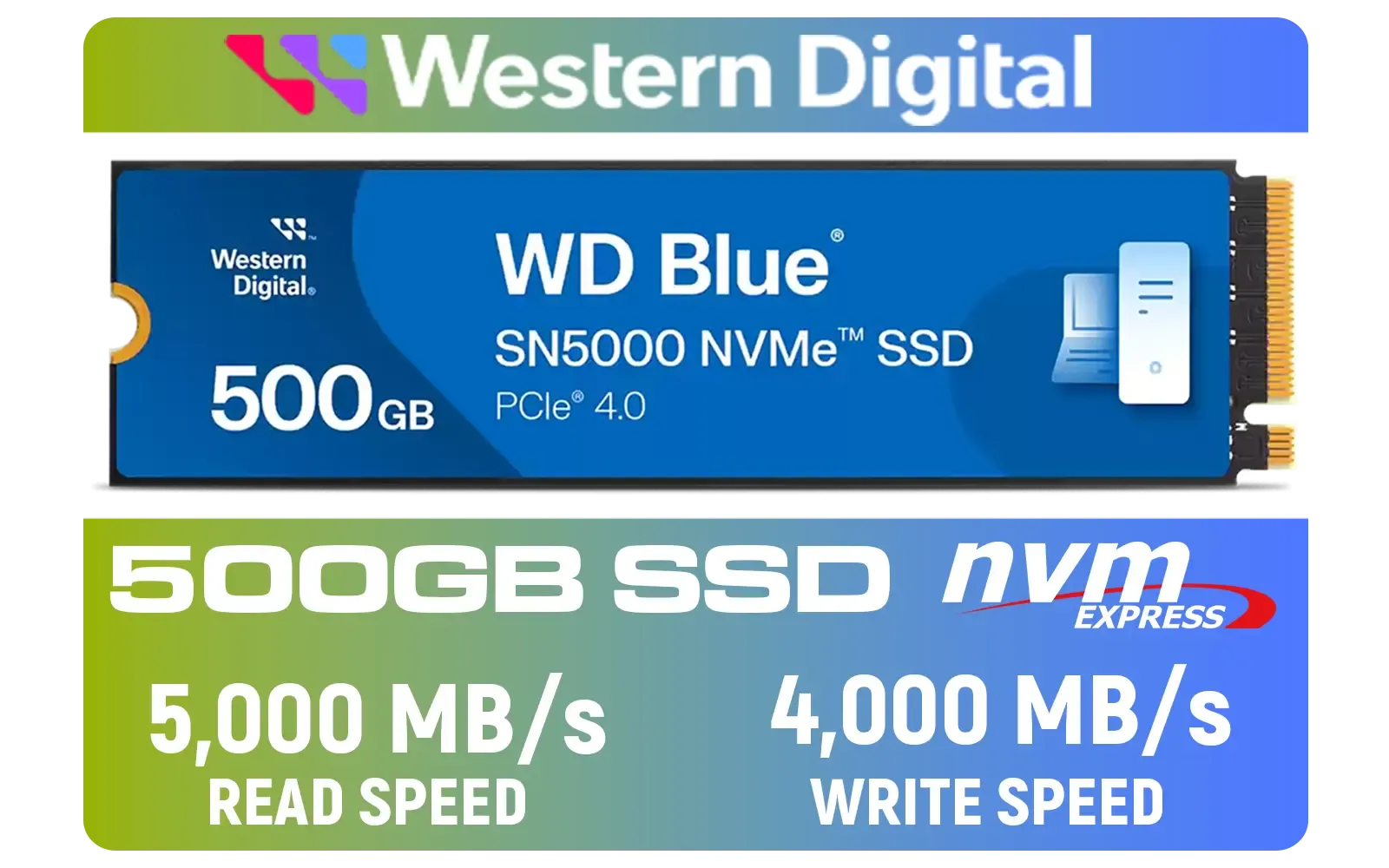

This level of performance isn't just for gamers. Video editors, 3D artists, and software developers in SA see huge workflow improvements.
Whether you're looking for the ultimate gaming edge or a serious productivity boost, the investment in a high-speed drive pays off every single day. You can find many reliable options from Kingston that deliver an excellent balance of speed and endurance for any workload. The technology has matured, with proven contenders from brands like Corsair offering a fantastic path to next-level storage performance.
Ready to Unleash True Speed? The difference is night and day. A high-speed NVMe drive is one of the most impactful upgrades you can make to your PC. Explore our full range of high-speed NVMe SSDs and find the perfect drive to leave loading screens in the dust.
7100 MB/s SSD speed means the drive can read up to 7,100 megabytes per second. Expect faster file transfers and quicker game and app load times.
Yes. A 7,100 MB/s read speed reduces level and asset load times versus slower SSDs. See nvme 4 vs nvme 3 7100 mb s for real-world gains.
6,800 MB/s write speed speeds large file saves, exports, and timelines. For video editing, this improves responsiveness during exports and proxies.
For basic web and office tasks, no. If you edit video, work with large datasets, or want top-tier transfer speeds, is 7100 mb/s worth it becomes yes.
Synthetic benchmarks show peak 7100 mb s nvme real world performance, but actual gains depend on file sizes, queue depth, and your workflow.
You need a PCIe 4.0 x4 slot and a compatible NVMe 4 drive. Check motherboard specs and best nvme drives 7100 mb s for compatibility.
Upgrading can extend usability for demanding tasks by reducing bottlenecks. For storage longevity, choose drives with solid endurance ratings.